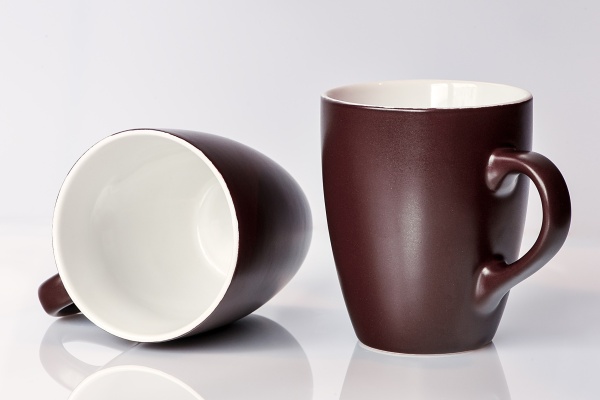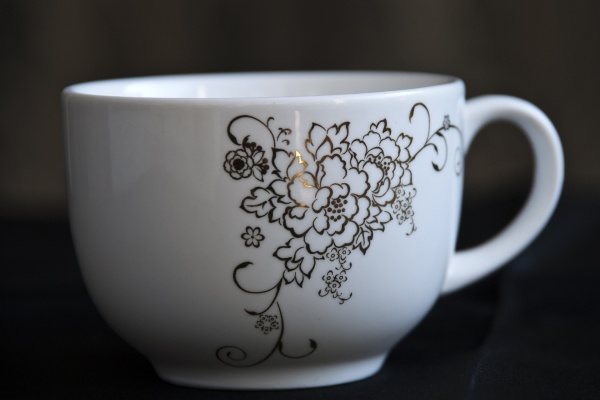How Is Silica Sand Used In Arts And Crafts

Silica sand, often known as quartz sand, is one of the most common types of sand found across the world. Its fine grains and durability not only make it a vital component in industrial applications but also a beloved material in the arts and crafts sector.
What is Silica Sand?
Silica sand is composed of silicon dioxide, a natural compound that can be found in quartz. Its high melting point and resistance to chemicals and heat make it an excellent material for various uses. Silica sand's uniformity in grain size and shape endows it with desirable physical properties for precision moulds and cores.
Artistic uses of silica sand
Glassmaking
One of the principal uses of silica sand in the arts is glassmaking; it is the primary component in the production of various types of glass. The pristine quality of silica sand is essential for clear glass products and is especially sought after for crafting glass art pieces such as sculptures, beads, and decorative glassware. Artists may employ different coloured sands to design unique textures or layered works that are truly one-of-a-kind.
Sand Casting Technique in Sculpture
Sand casting is a technique employed by sculptors who utilise silica sand to create detailed casts for their sculptures. The sand is mixed with a binding agent to hold its shape and is then used to create a mould into which molten metal can be poured. Once hardened, the sand mould is broken away to reveal the cast metal. This technique has been used for centuries and remains popular in modern-day sculpture due to its reliability and the fine detail it can capture.
Crafting with Sand Art
Sand art is another outlet for creativity, where silica sand's variety of grain sizes and resistance to fading come into play. Artists layer different colours of sand in glass containers to create landscapes, patterns, or abstract visuals. This type of artwork requires sand with consistent colour and texture, found in high-quality silica sand.
Sand Animation Storytelling
Silica sand also plays a prominent role in the art of sand animation. Artists sprinkle sand onto a light table and manipulate it into continuously evolving images that are projected onto large screens. As they skilfully move the sand with their hands, a live, flowing narrative takes shape.
Decorative Finishes and Textures
Crafters and decorators use silica sand mixed with paint to add texture to walls, pottery, or other surfaces. This creates a tactile dimension and visual interest that enhances the overall creativity and bespoke nature of the piece.
Safety considerations
When using silica sand, artists must consider safety measures to prevent inhalation of fine silica particles which can pose health risks. Ensuring appropriate ventilation and using protective equipment like dust masks is essential.
Silica sand's contribution to the artistic realm is truly invaluable, offering robustness and versatility while meeting the detailed demands of artists and crafters globally. Whether moulding a glass bead or creating a landscape in a bottle, silica sand proves to be an indispensable ally in the creative process.



